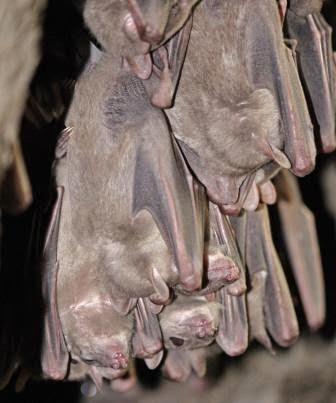 October is the best of months in the Rah household. Ruby Hazelnut has her birthday. The second weekend brings us the absolutely fabulous Richmond Folk Festival (now in its 11th year and one of the most well-attended folk festivals in the country), and the fourth is my favorite weekend of the year, spent at the Central Virginia Celtic Festival and Highland Games (kilts, pipers, shepherd's pie, Scottish dance and large men throwing stuff).
October is the best of months in the Rah household. Ruby Hazelnut has her birthday. The second weekend brings us the absolutely fabulous Richmond Folk Festival (now in its 11th year and one of the most well-attended folk festivals in the country), and the fourth is my favorite weekend of the year, spent at the Central Virginia Celtic Festival and Highland Games (kilts, pipers, shepherd's pie, Scottish dance and large men throwing stuff).Plus we usually have gorgeous weather here in Richmond: a little cool, sunny, bright and fresh. Perfect fall days.
So there are a lot of things that come together to make October the Best Month Ever. But October wouldn't be October without the blissful lack of Mark Twain.
Don't get me wrong: Mark Twain's a fine guy. Or so I assume; I've never met him. But he wrote some good books, and he did say some pretty funny things. In fact, he said so many funny things that people give him credit for a lot of funny things he didn't say. To wit:
The saying "There are three kinds of lies: lies, damned lies and statistics" is frequently attributed to Twain, but even Twain said he didn't say it. He said it was Benjamin Disraeli, a British Prime Minister, who said it. The only problem is that Disraeli never wrote it, and he was pretty well dead before anyone said he said it. Which just goes to prove what I've always said: You can't believe anything Mark Twain ever said.
But the fact that Mark Twain was such a liar is not why we have Mark Twain Free Month. We have Mark Twain Free Month because the Poet-Accountant is obsessed—obsessed—with Mark Twain. He reads Life on the Mississippi like some people read the Bible. He scours Wikipedia articles for opportunities to improve articles by inserting in them notes about Mark Twain. He is probably one of only two or three people who has actually read, in their entirety, the first two volumes of the fully annotated Autobiography put out by the Mark Twain Project. Barely a twenty-hour period goes by that Ruby Hazelnut and I are not tortured—I mean regaled—by a pithy saying or hilarious anecdote of Twain's.
 |
| 'Til we meet again, Sam. Which I'm sure will be at 12:01 a.m. on November 1. |
Because as Mark Twain surely once said, "A happy marriage is one without me, at least for one month out of the year."
Or maybe that was Benjamin Disraeli.
In any event, when Ruby Hazelnut and I wake tomorrow, it will be to breathe in the fresh, crisp, Mark Twain Free air of October. Please join us.















































